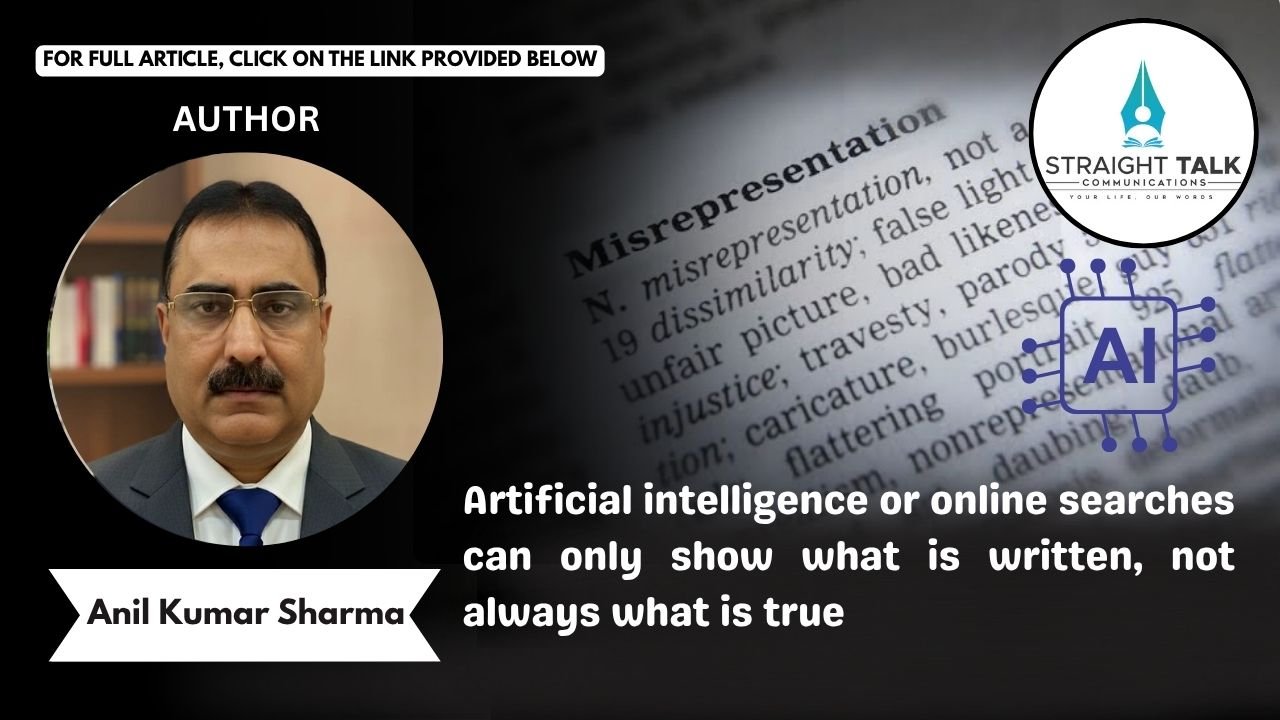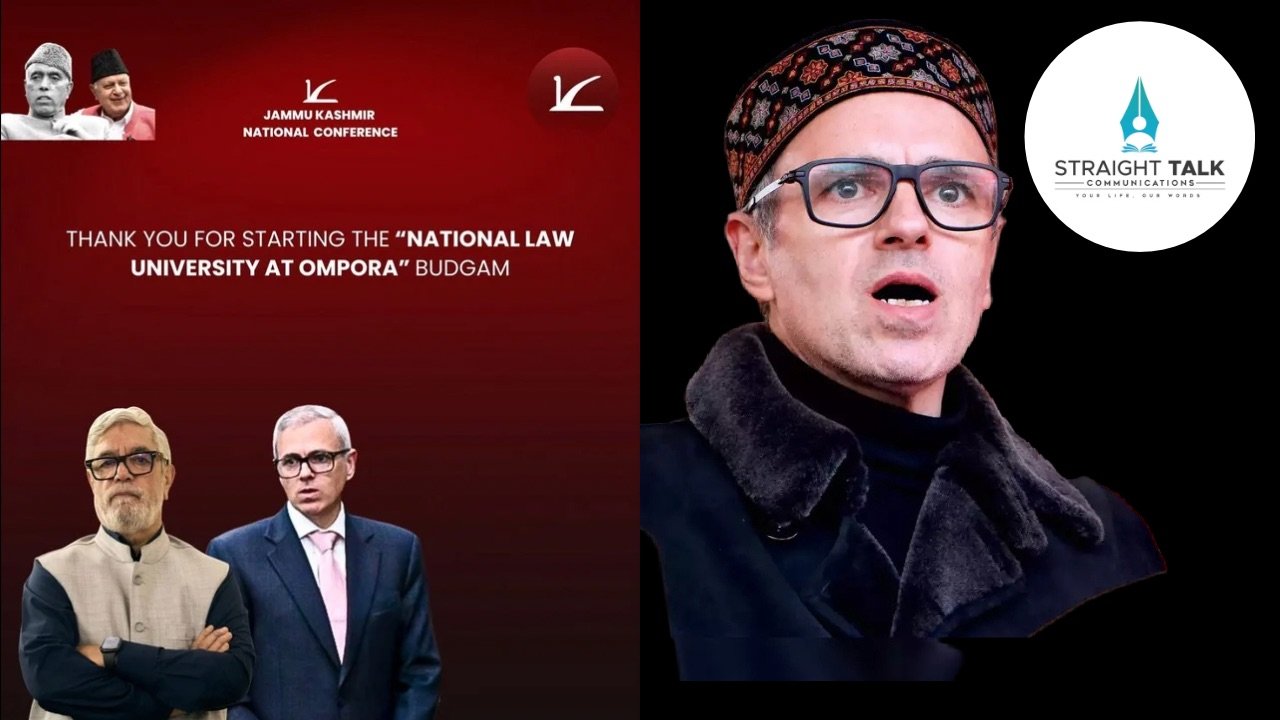I AM A JAMMUITE: How a Legend Was Misrepresented

Artificial intelligence or online searches can only show what is written, not always what is true.
Anil Kumar Sharma
Every new intern in our office must pass the Ethics Test.
We strongly believe in our motto: “Hire Character, Train Skill.”
Nothing explains the importance of this better than the following tale I once read.
Lt. Gen. Sir Frederick Stanley Maude, a British Army officer known for his victory in Baghdad during World War I, once came across a shepherd in Iraq.
Through his translator, General Maude offered the shepherd one shilling to slaughter his dog.
Now, the dog was not just an animal; it was the shepherd’s most trusted companion. It guarded his flock and warned him of wolves and thieves. But in those times, a shilling held great value.
Tempted by money, the shepherd killed his dog.
The General then offered another shilling to skin the dog, and the shepherd did so. A third shilling was offered to cut the dog into four pieces, and again he agreed.
Finally, the shepherd said, “For a fourth shilling, I’ll eat the dog.”
The General replied, “I don’t need to see more. I’ve already learned what I wanted to know about your values.”
He then turned to his soldiers and said:
“When people can be bought so easily, don’t fear them. Such a nation or institution can never stand strong. Money and fame may bring short-term rewards, but in the long run, they destroy values. Always stand for what is right, even if it seems difficult. That courage will save generations to come.”
I once had a conversation with a retired senior government officer who shared another story.
He said that in some offices, rewards often go to those who please their superiors, while honest officers are sidelined. Reports are written in such a way that the “favoured” are praised for loyalty, while others are shown in a poor light by twisting facts or highlighting small errors.
This shows how narratives can shape a tale, not always by truth, but by convenience.
We see the same pattern in our daily lives today.
We are constantly influenced by social media and mass media, which often present stories coloured by their own versions of truth. We end up debating those stories publicly, accepting their versions as facts, and making them benchmarks for our opinions.
The travesty lies in how these half-truths become the foundation for future discussions, and even the “history” our next generations inherit.
Artificial intelligence or online searches can only show what is written, not always what is true.
A visionary head of our state, for instance, was once mocked for his lack of formal education and humble background; people said he drove horse carriages.
But when you speak to those who worked with him, you hear a very different tale. They describe a leader with foresight, who laid down plans for development and built infrastructure that remains unmatched by many of his successors even today.
Yet the travesty of perception, shaped by selective storytelling, still clouds his true legacy.
In our holy books, stories are accepted with faith. But in the world of men, policies and rules are written and interpreted to suit those in power.
That is why history often becomes a travesty, a distorted version of the original tale.
The true story of a ruler, or of an honest person, cannot be decided by historians or by laws that bend to convenience.
“Main befikar ho ke chal raha tha apni manzil ko,
Kya pata tha ki manzil pe jo mera intazaar karte dikh rahe the,
Woh mere humsafar thein ya mere liye begana ban gaye.
Woh mera safar ka fasana likh rahe hain,
Ya mujhe mera afsana bana rahe hain.”
(Anil Kumar Sharma is a retired banker and lifelong learner with a passion for reading and writing. His reflections often explore ethics, leadership, and the evolving values of modern society.)







